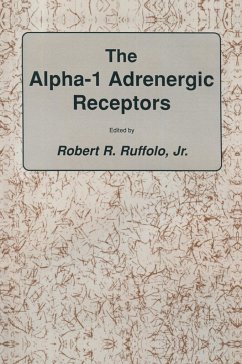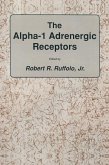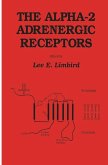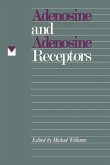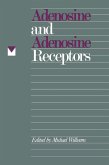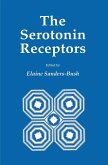During the past decade, great strides have been made in our un derstanding of the biochemistry and pharmacology of the alpha-l adrenergic receptor. The alpha-l adrenergic receptor plays a key role in biological function. This is evidenced by the fact that the alpha-l adrenergic receptor plays a prominent functional role in most organs of the body and in the key systems responsible for survival of the organism and maintenance of optimum biological activity. This is most apparent in the cardiovascular system, in which alpha-l adrenergic receptors are the single most important receptor involved in the maintenance of blood pressure and circu latory function. It is appropriate, therefore, that recent findings related to the pharmacology and biochemistry of the alpha-l adrenergic receptor be compiled, since this subject has not been reviewed in detail in recent years. It is the purpose of this book to present a series of reviews of key experimental findings that shed new light on the alpha-l adrenergic receptor and the manner in which it functions. Classically, most receptors have been characterized based on structure-activity relationships obtained for selective agonists and antagonists interacting with the receptor. Although there are many newer and more sophisticated approaches to receptor char acterization, structure-activity relationships still provide impor tant information regarding the chemical requirements made by the receptor for its occupation by ligands and its subsequent acti vation by those ligands possessing intrinsic efficacy and, there fore, agonist activity.

